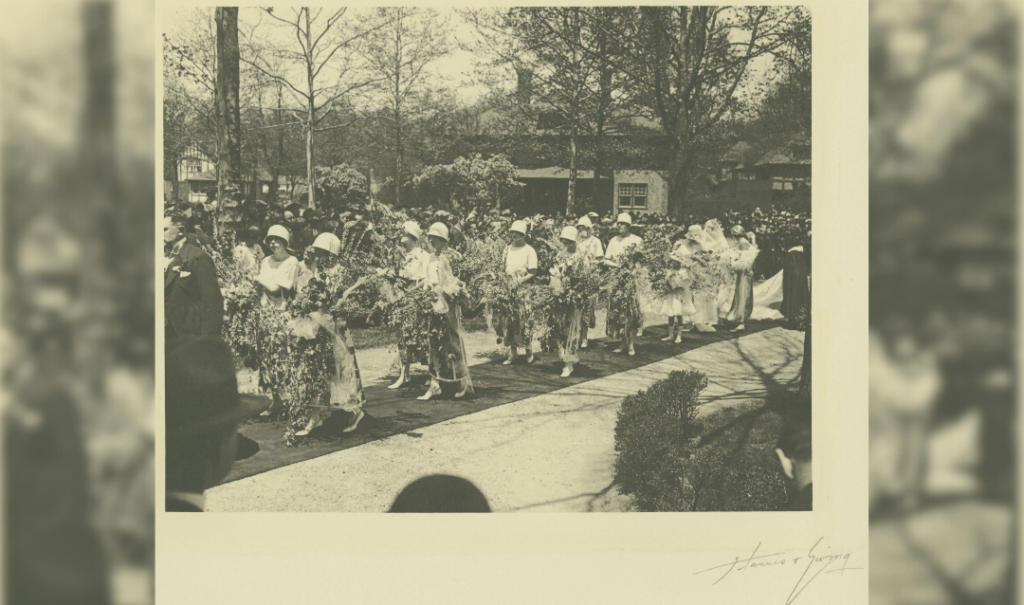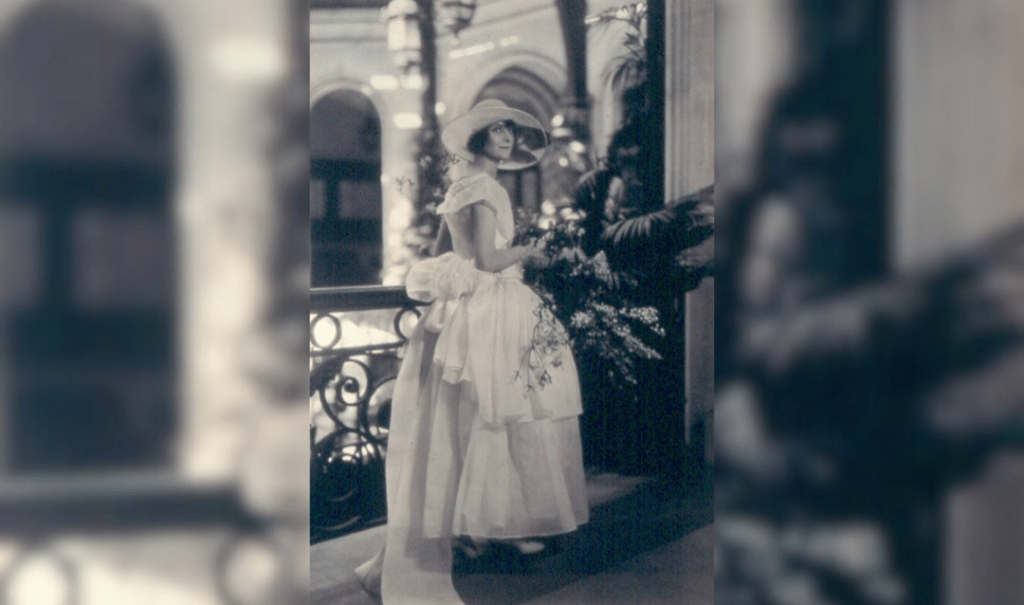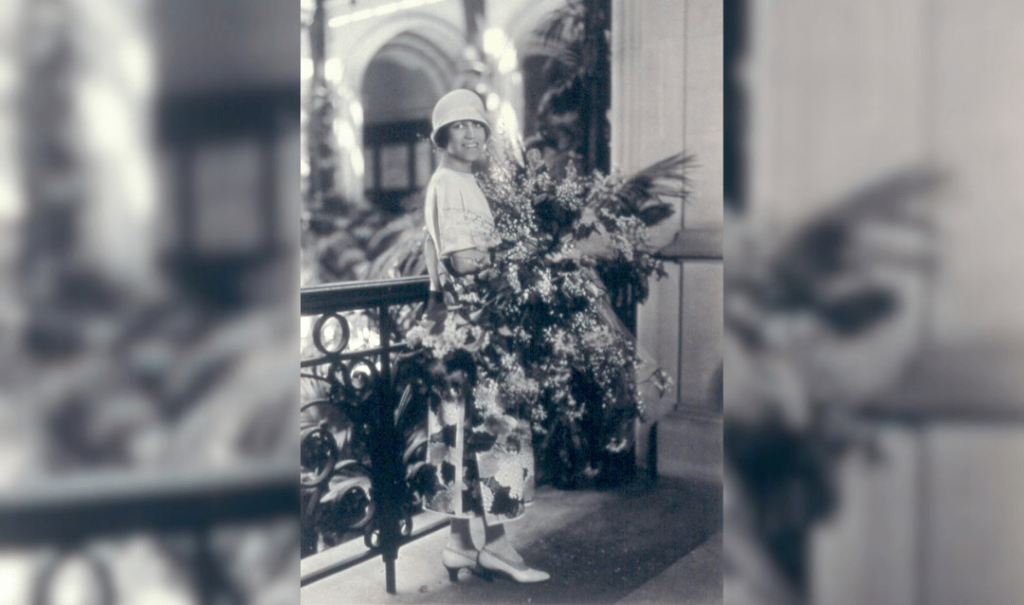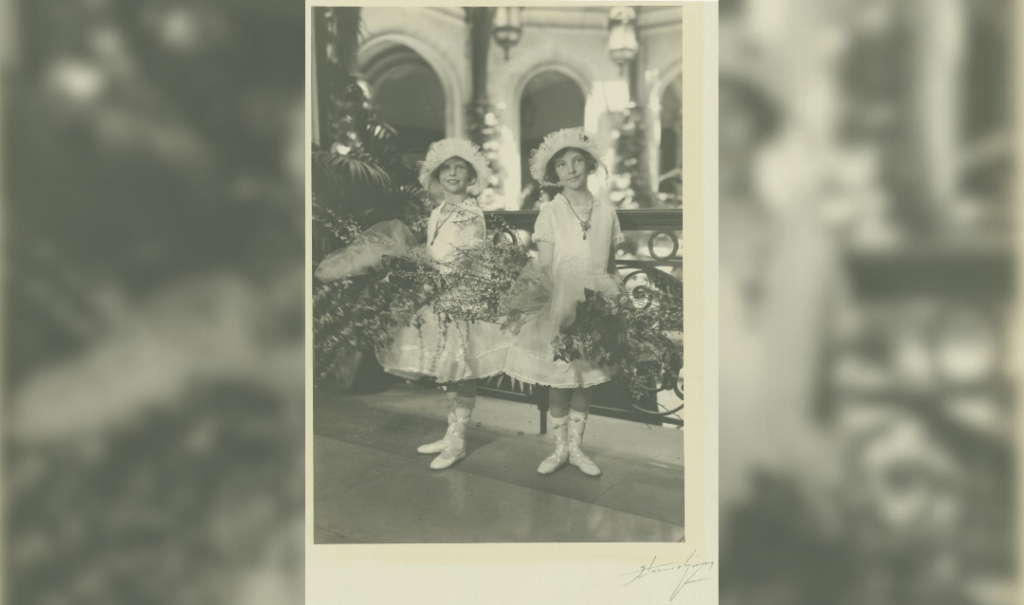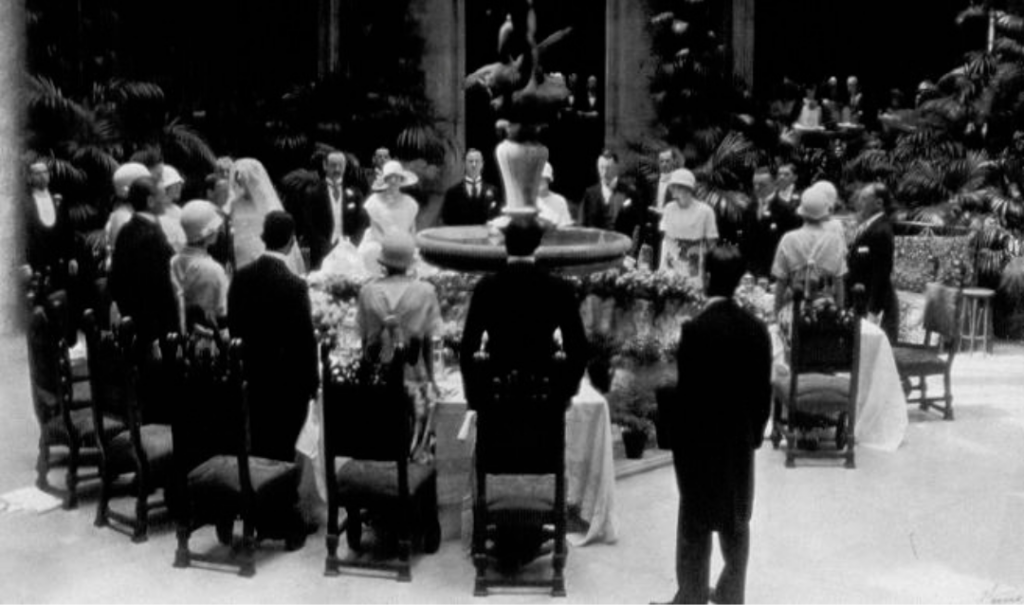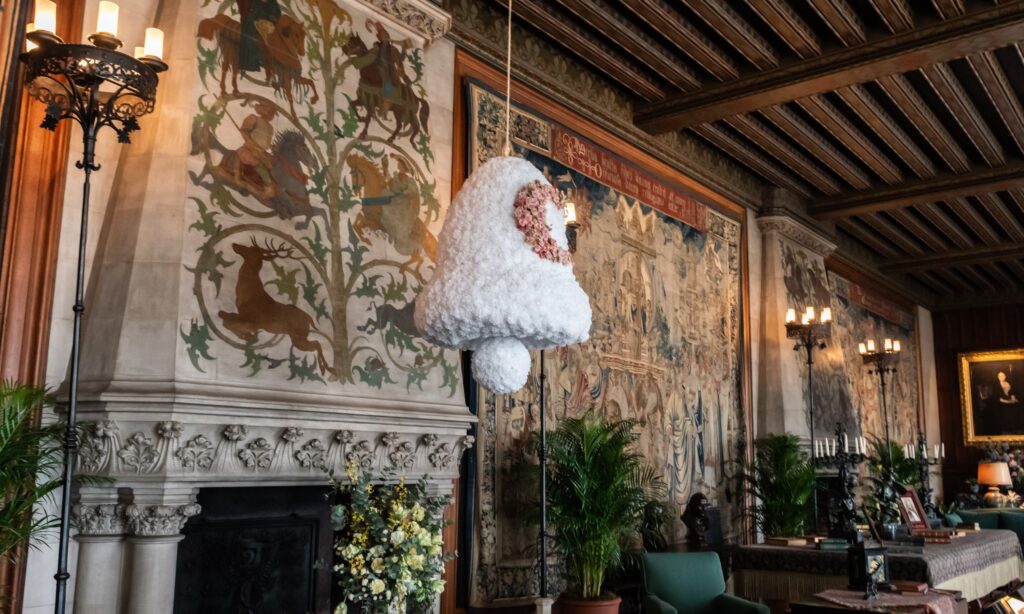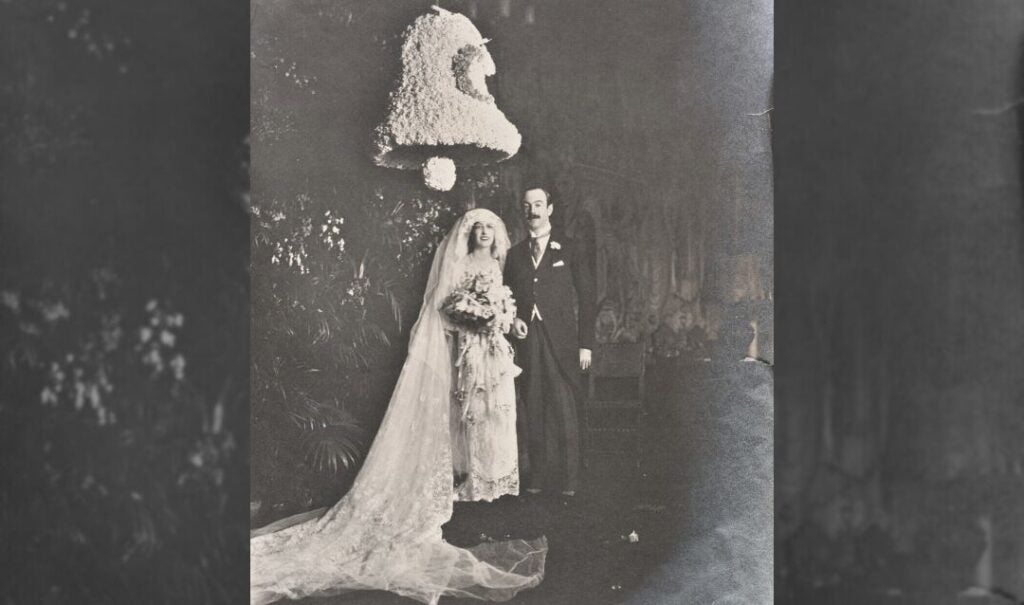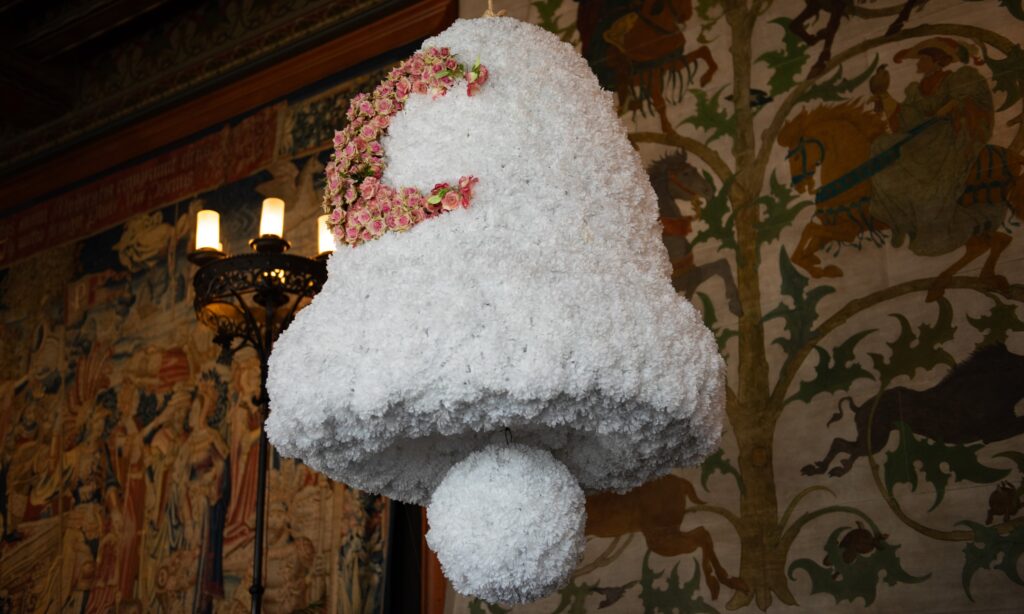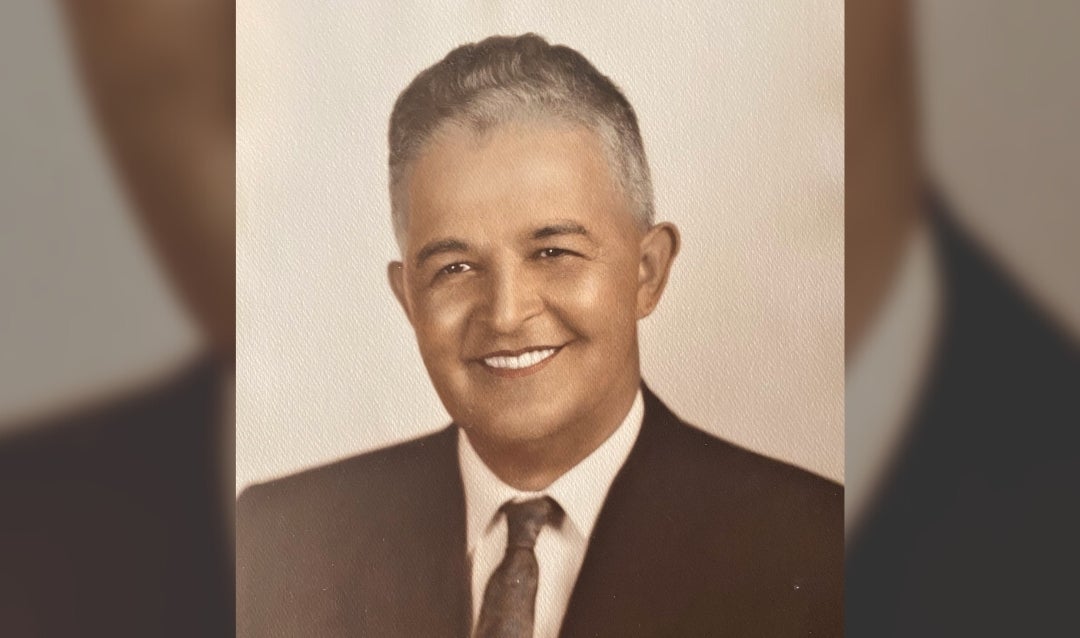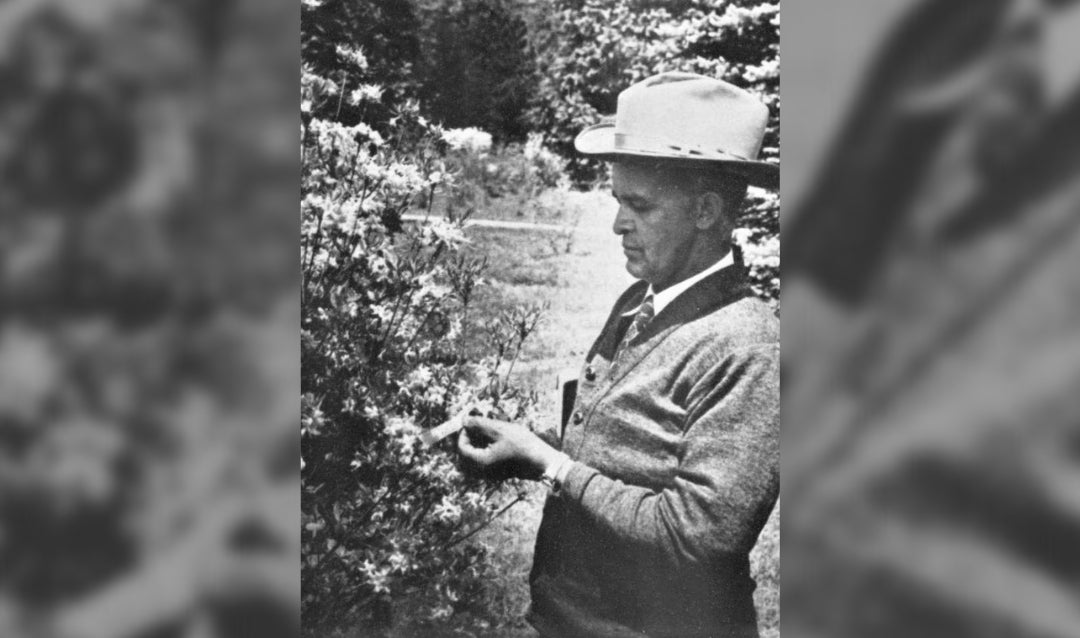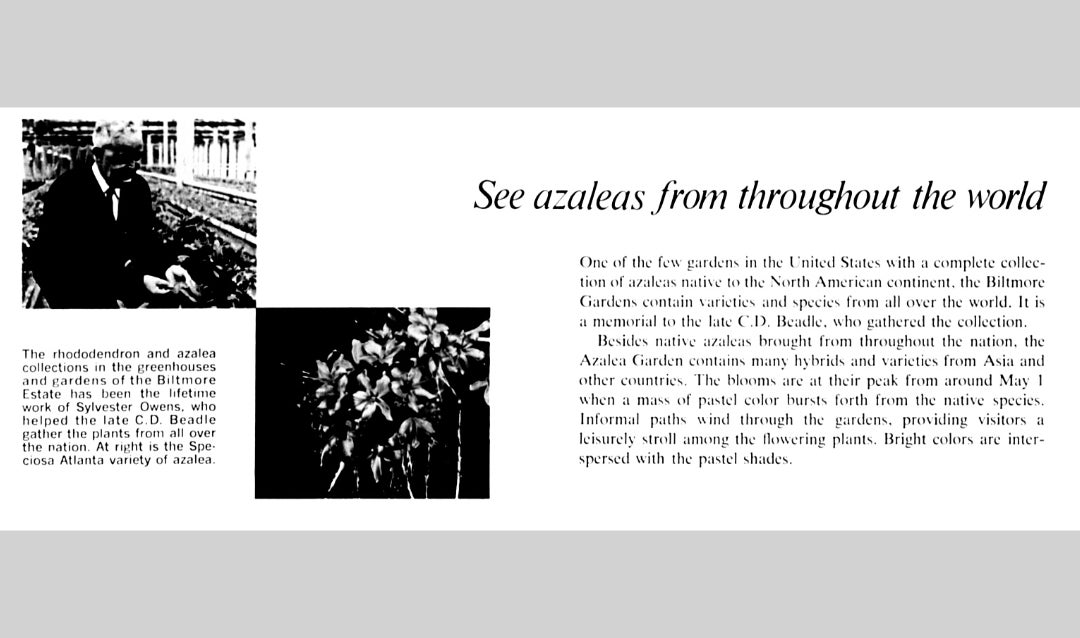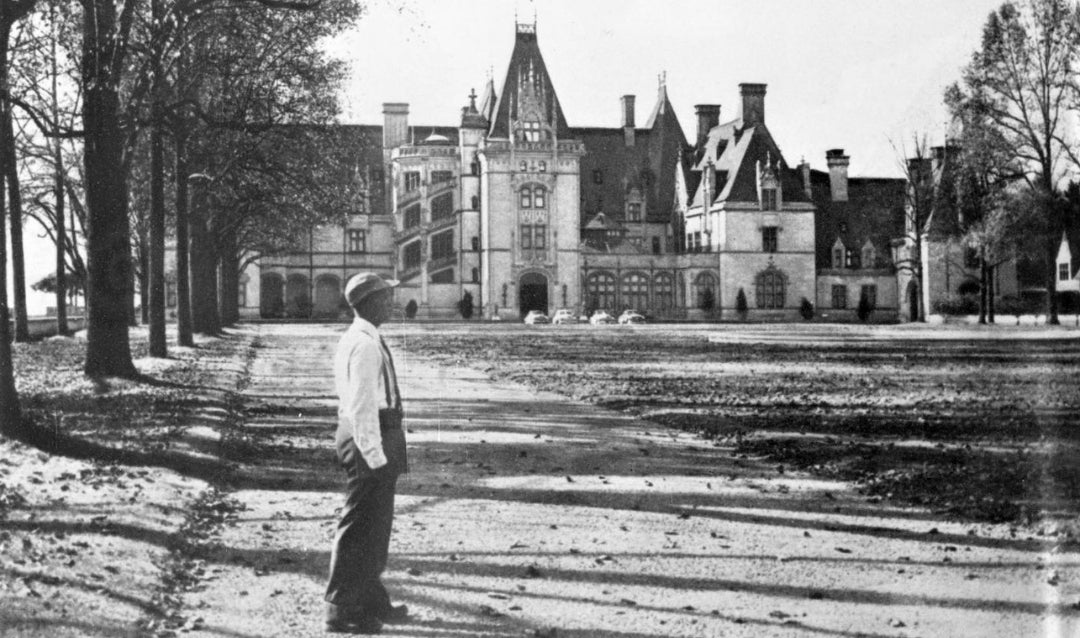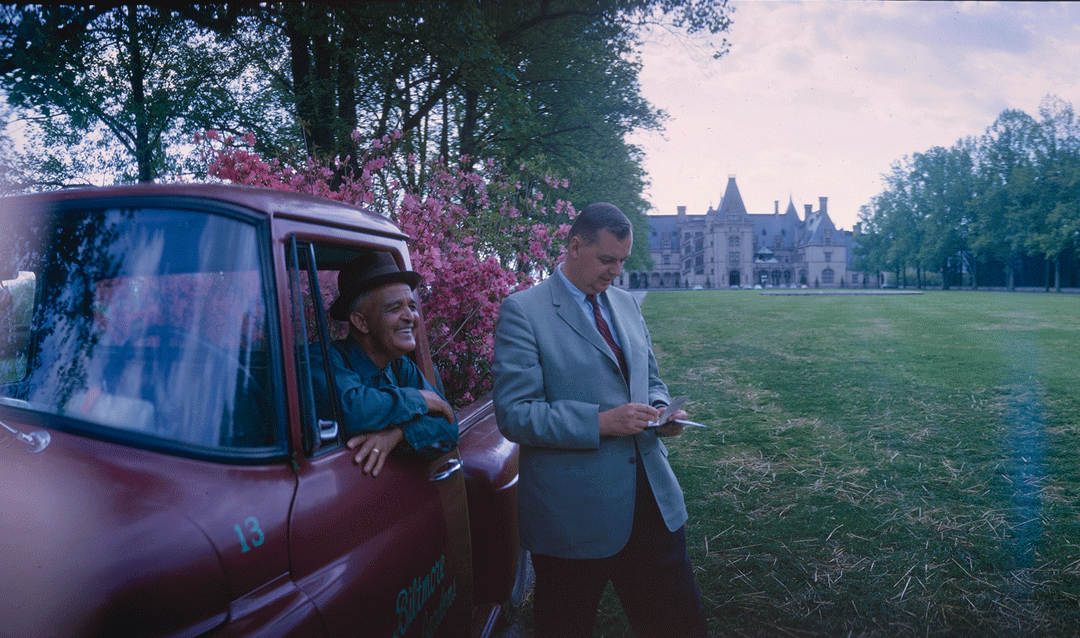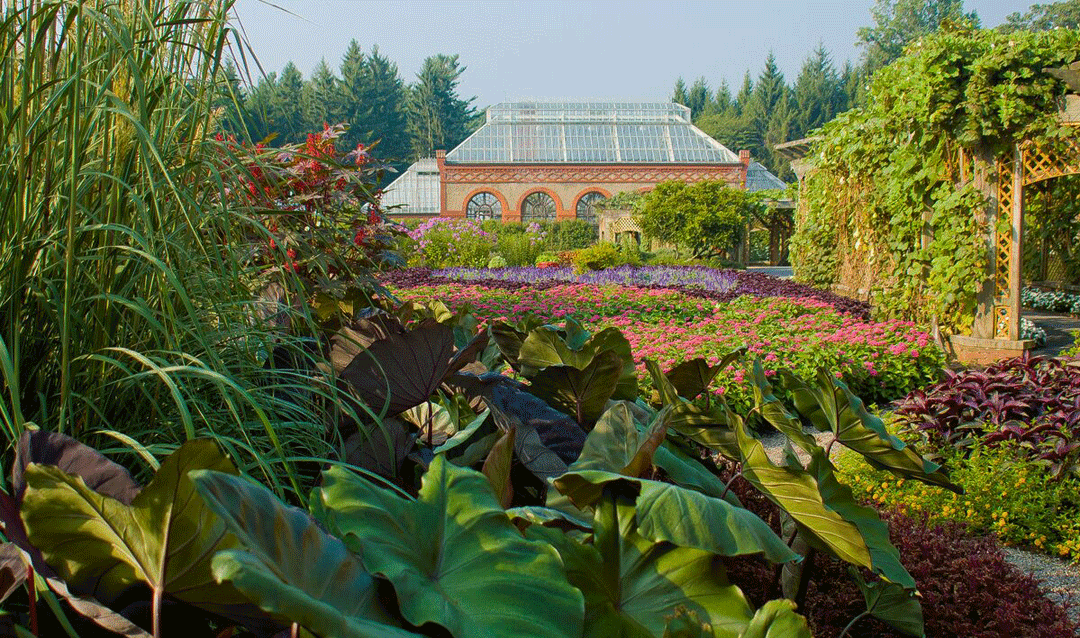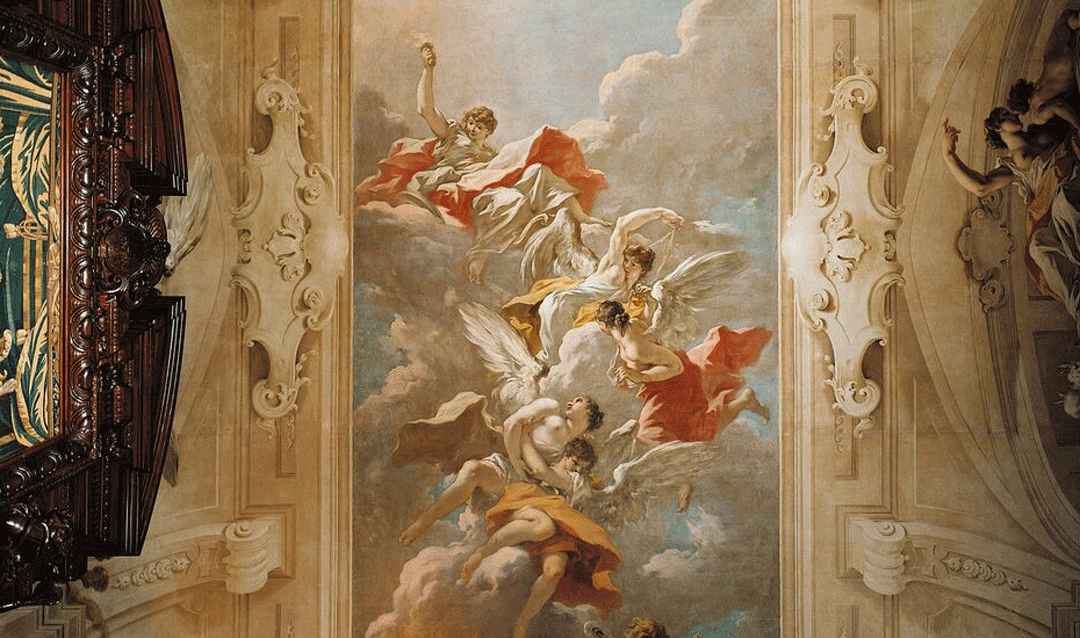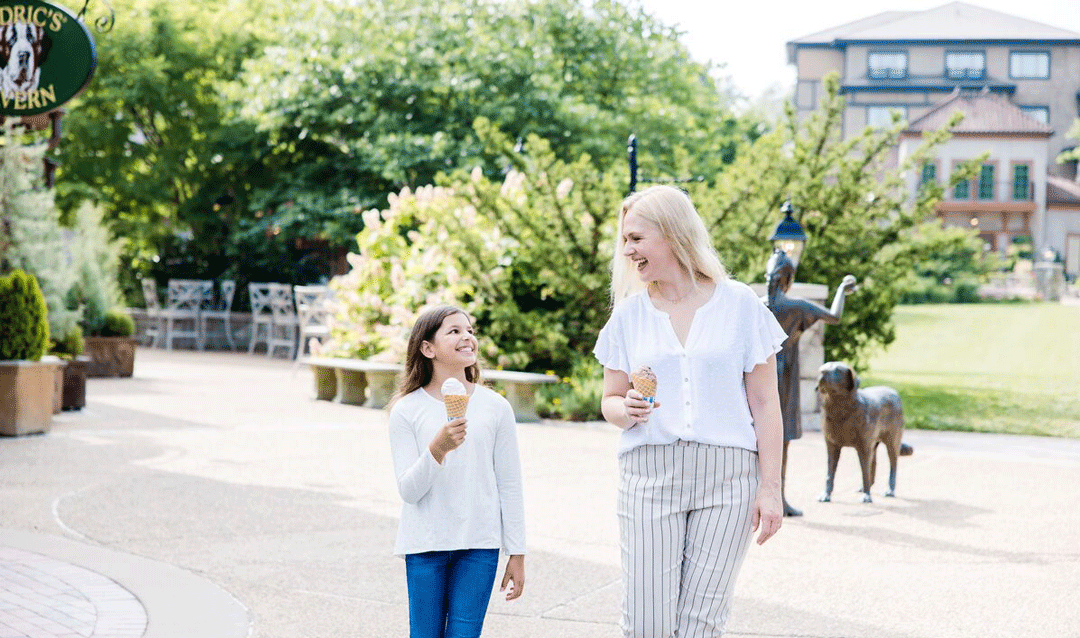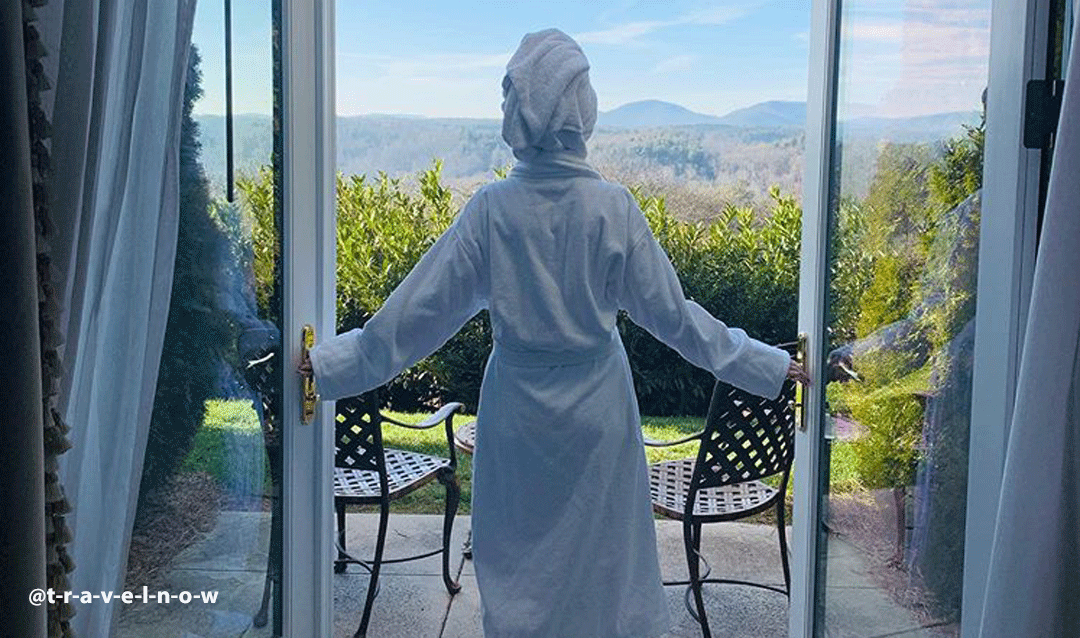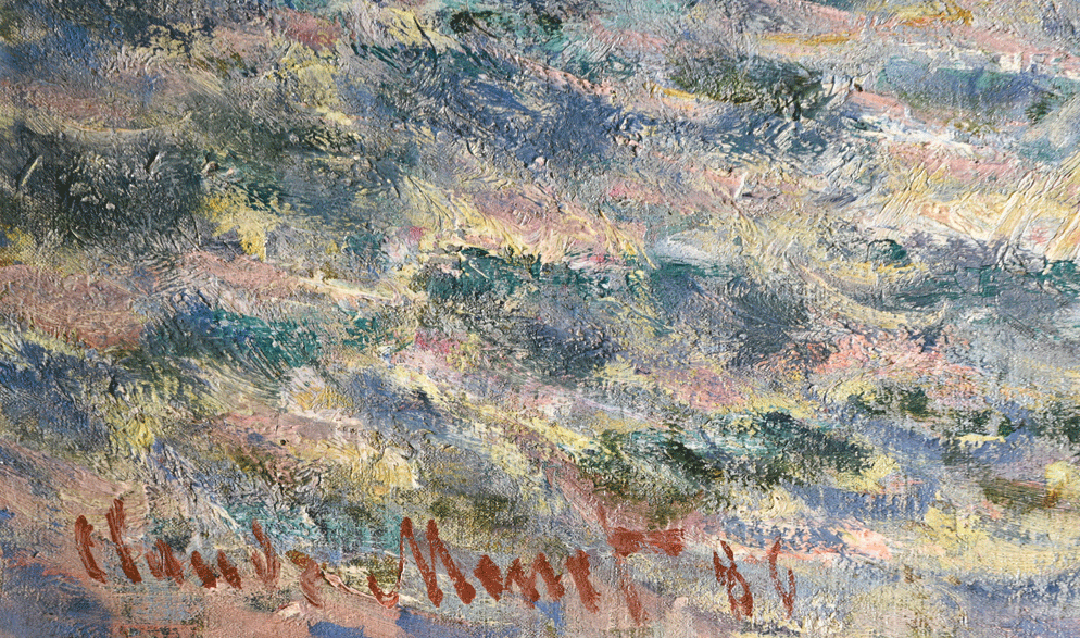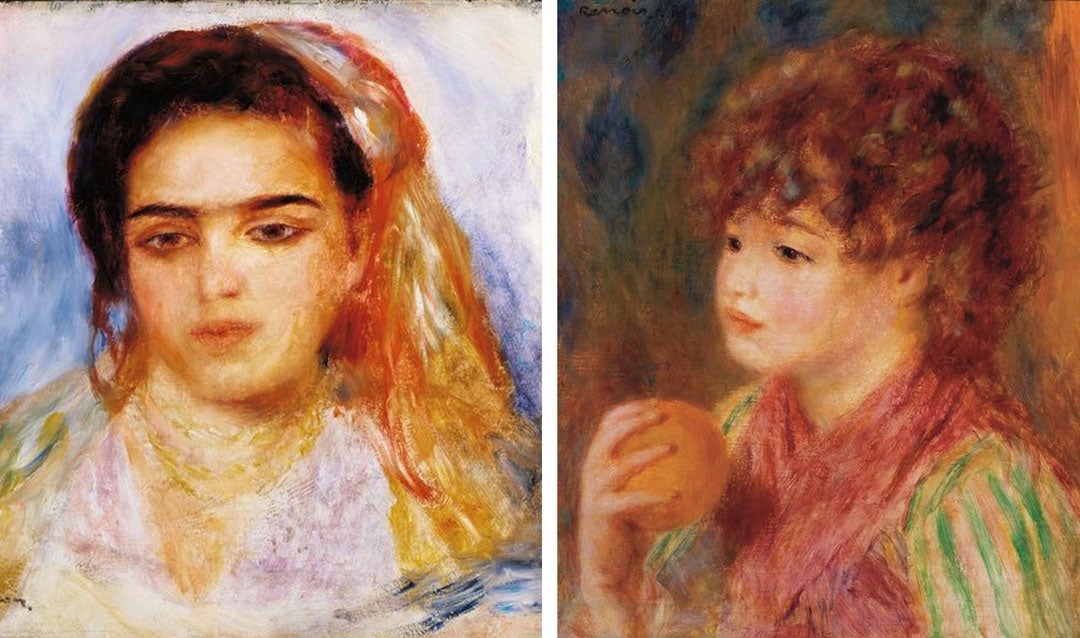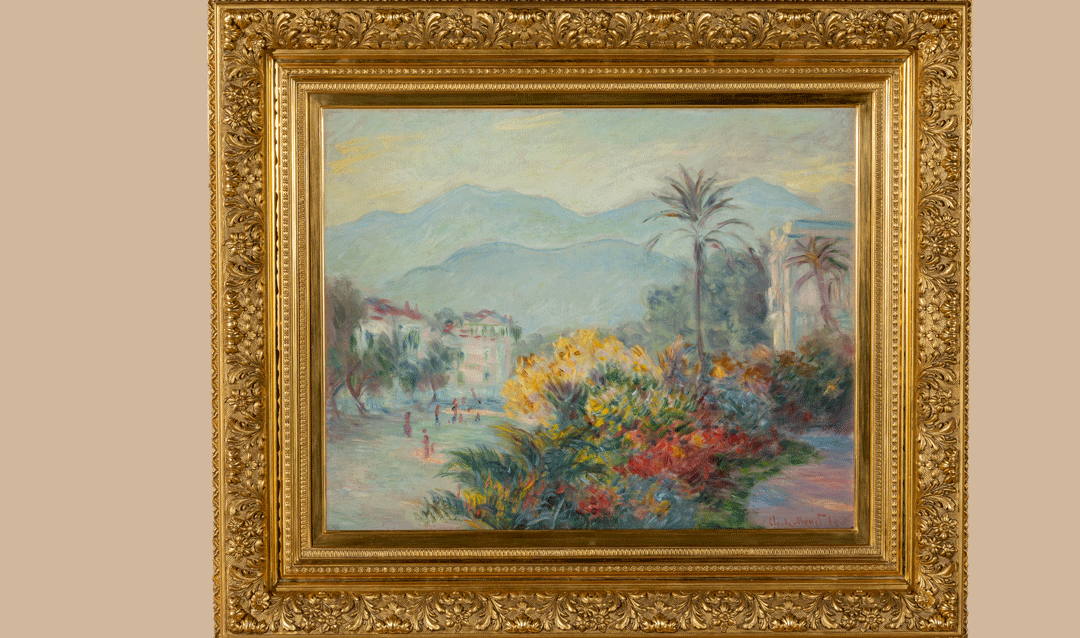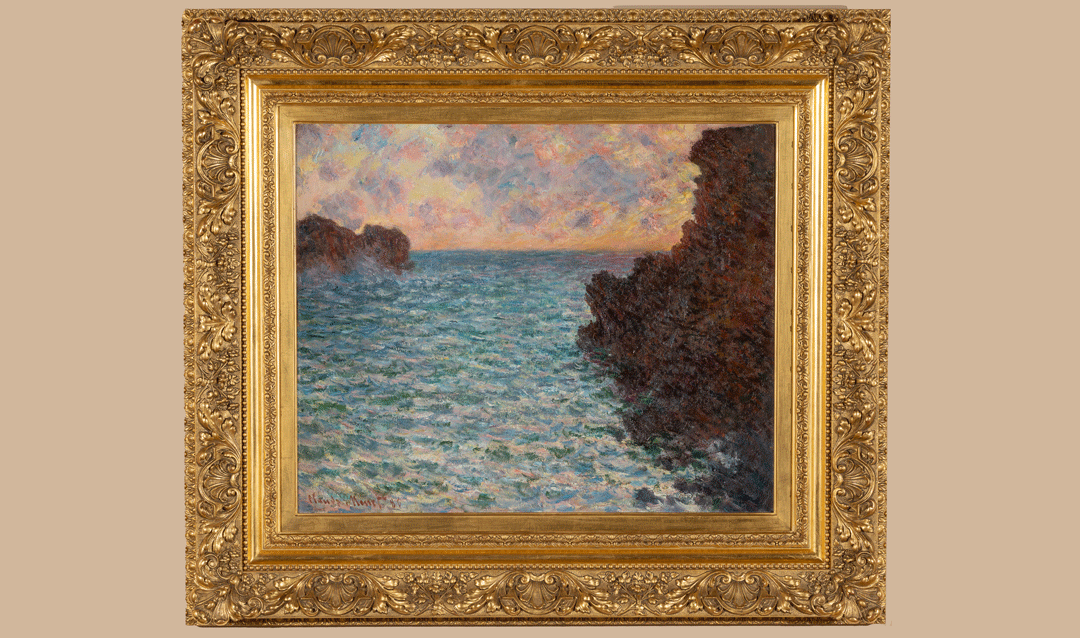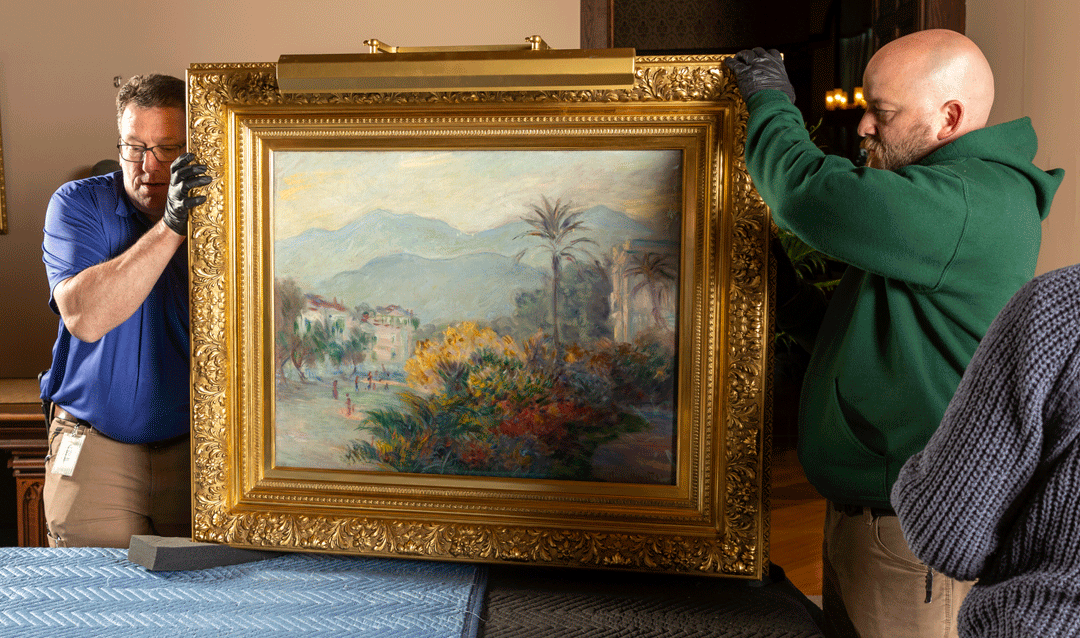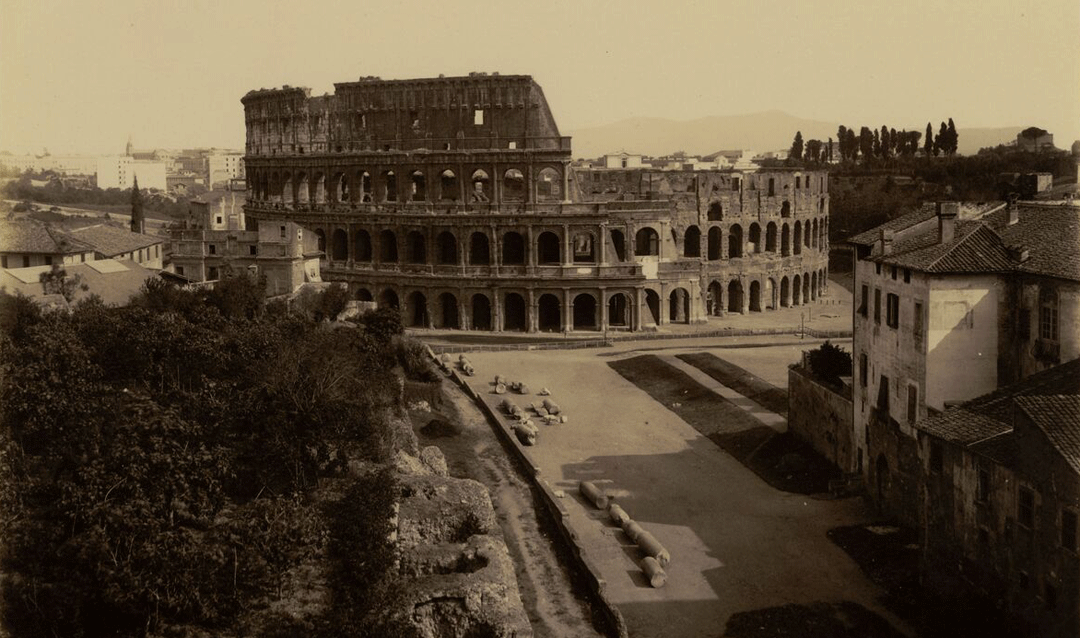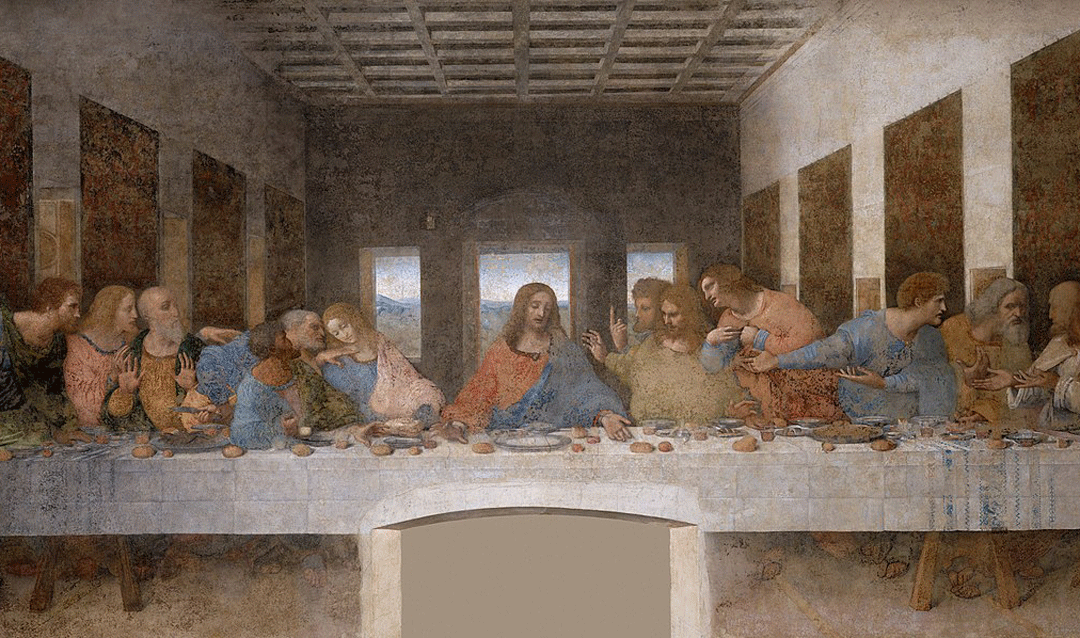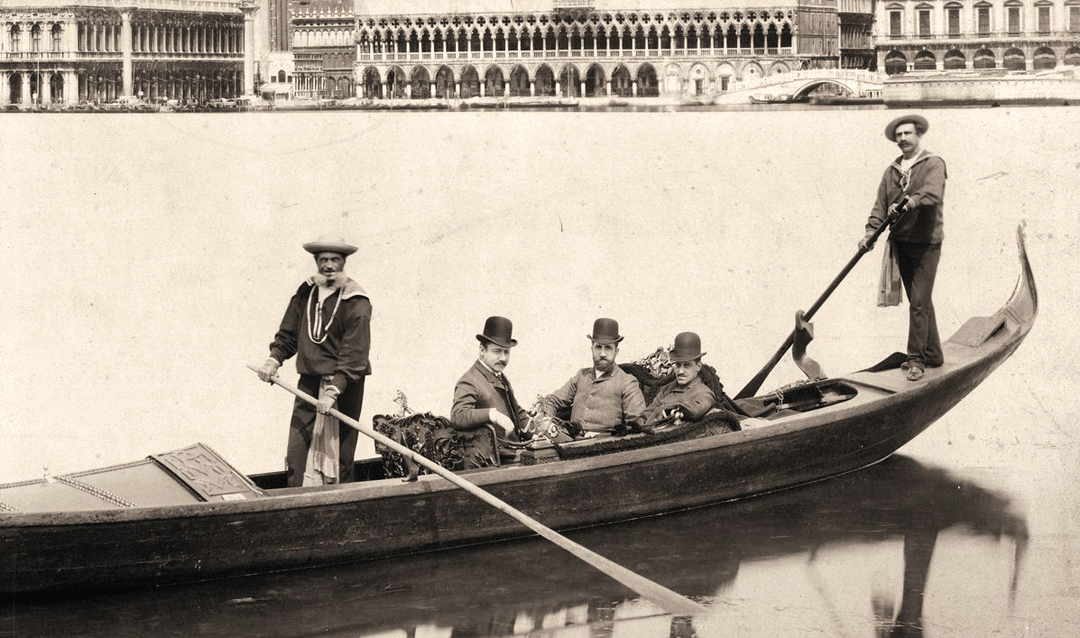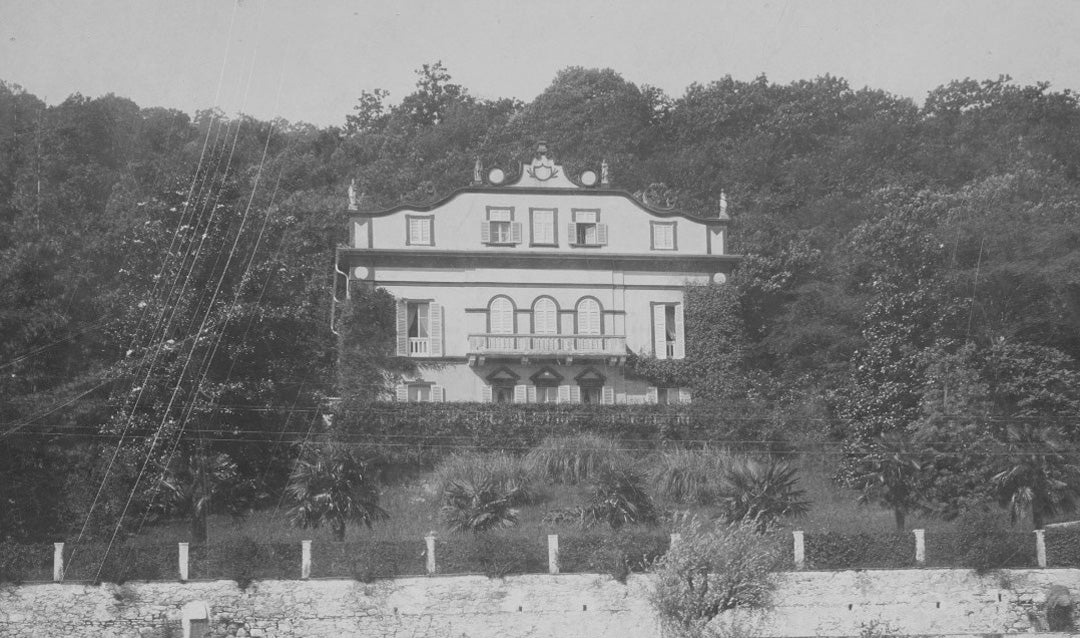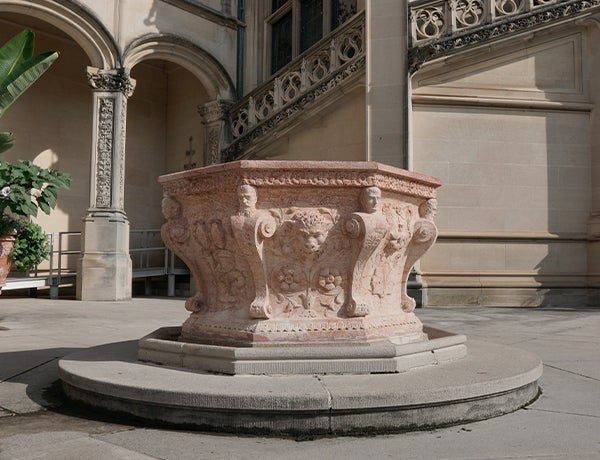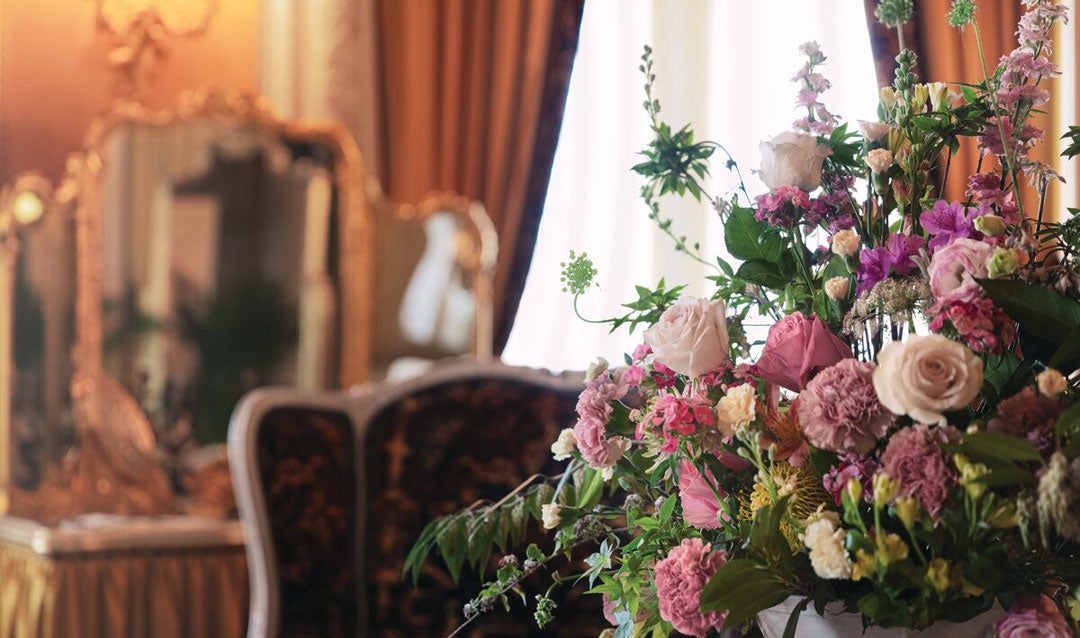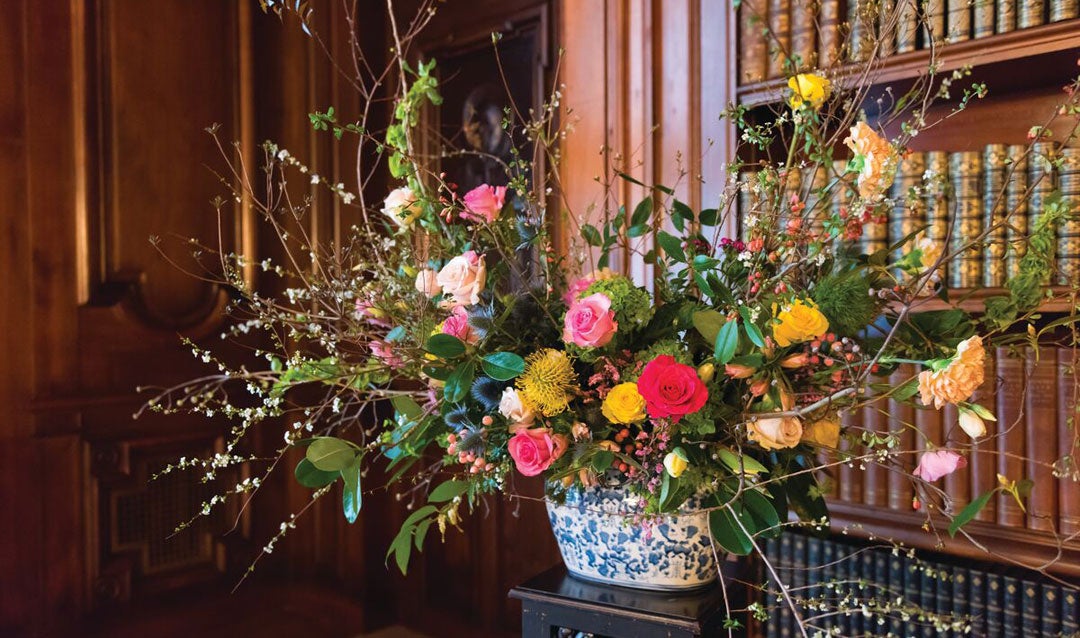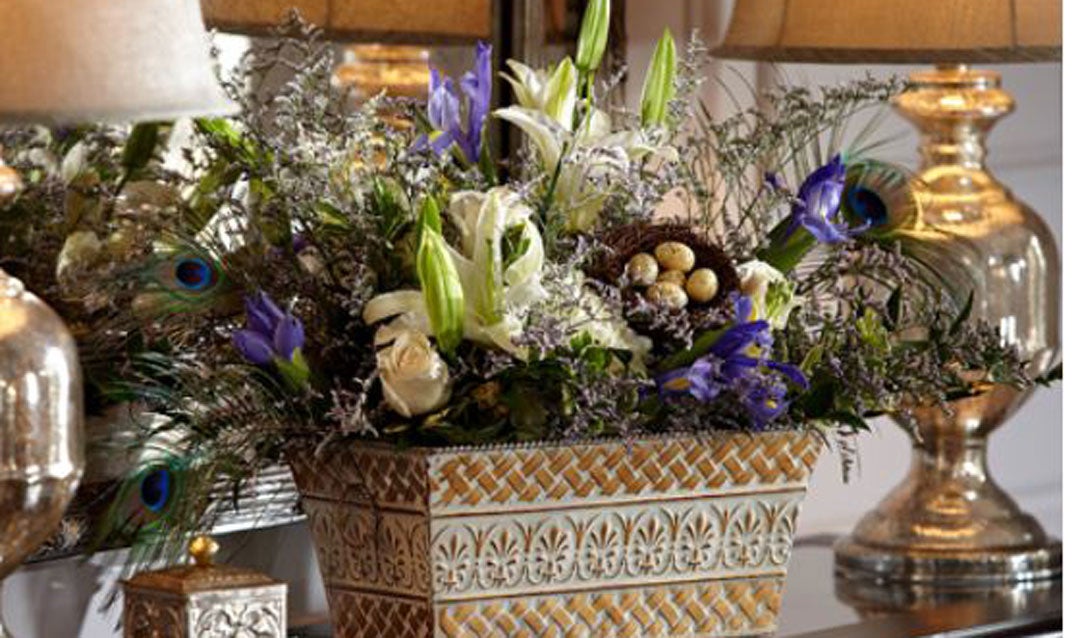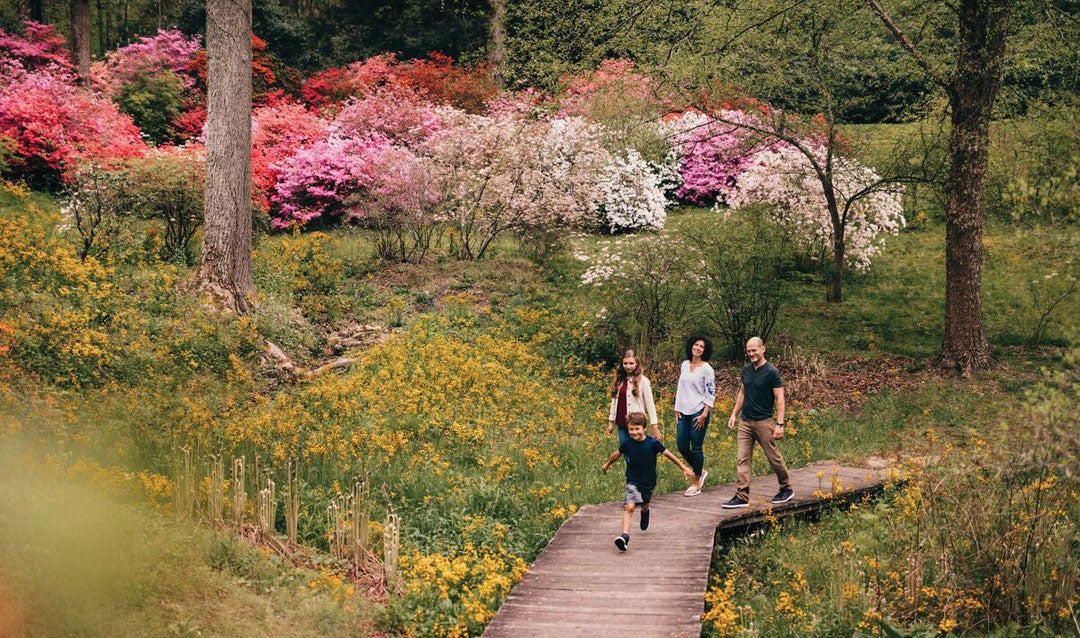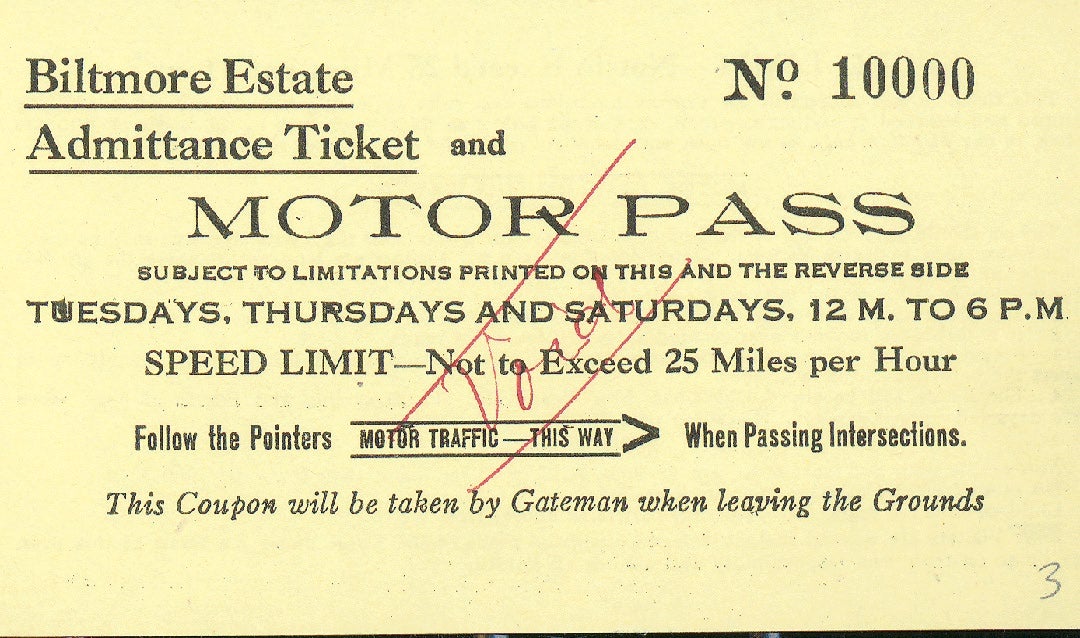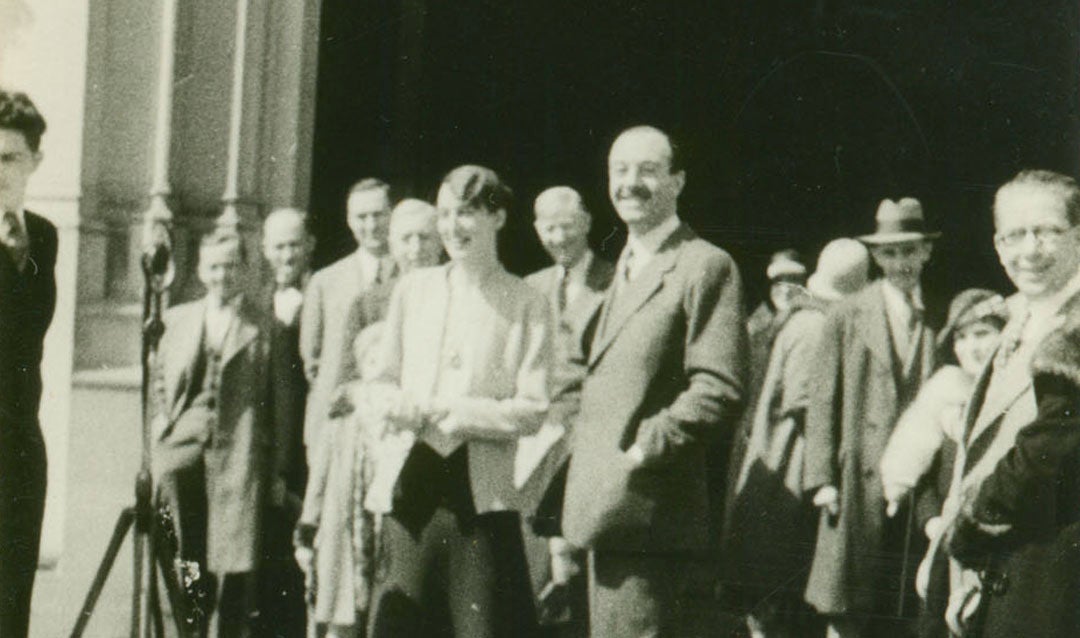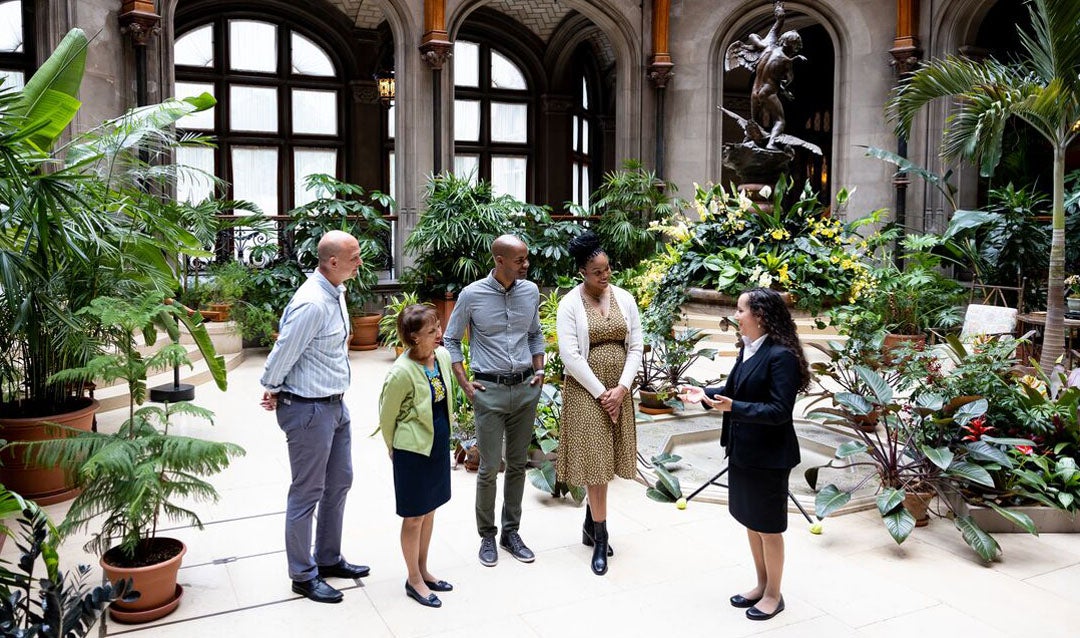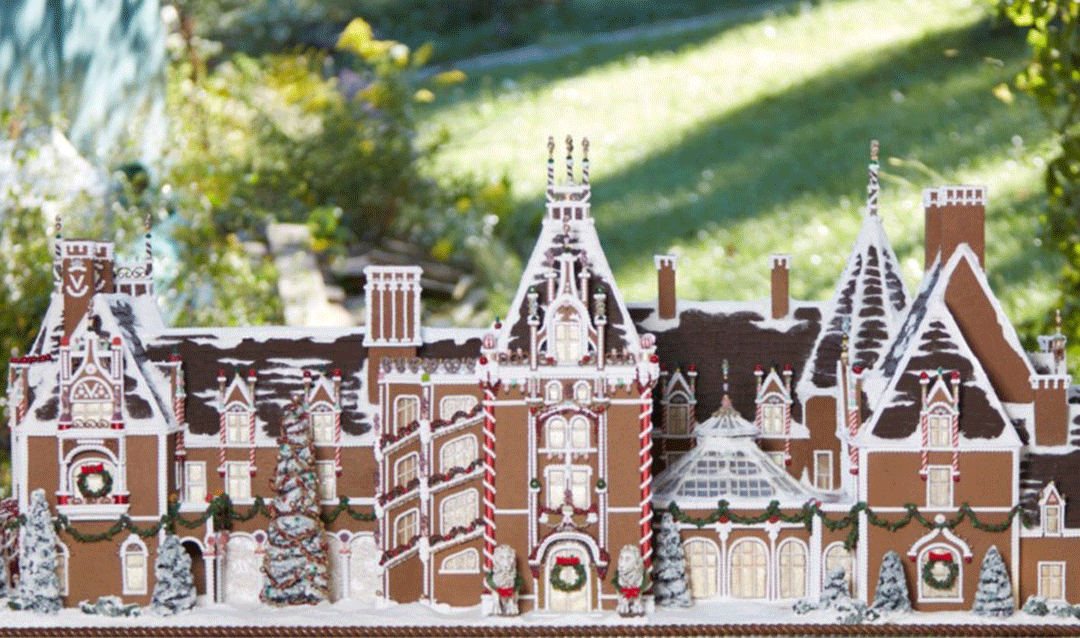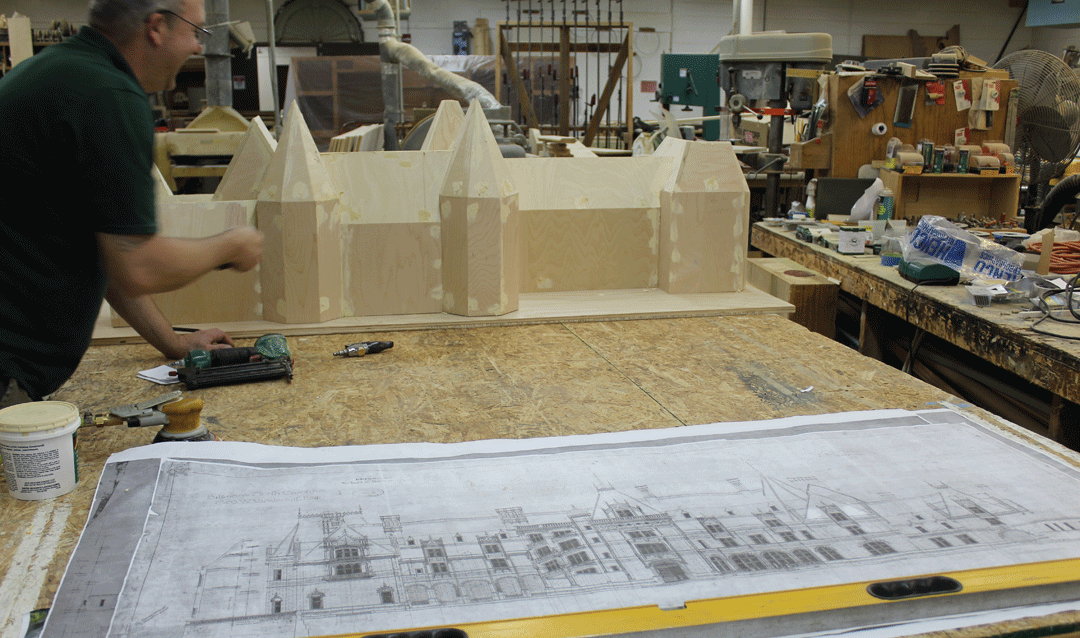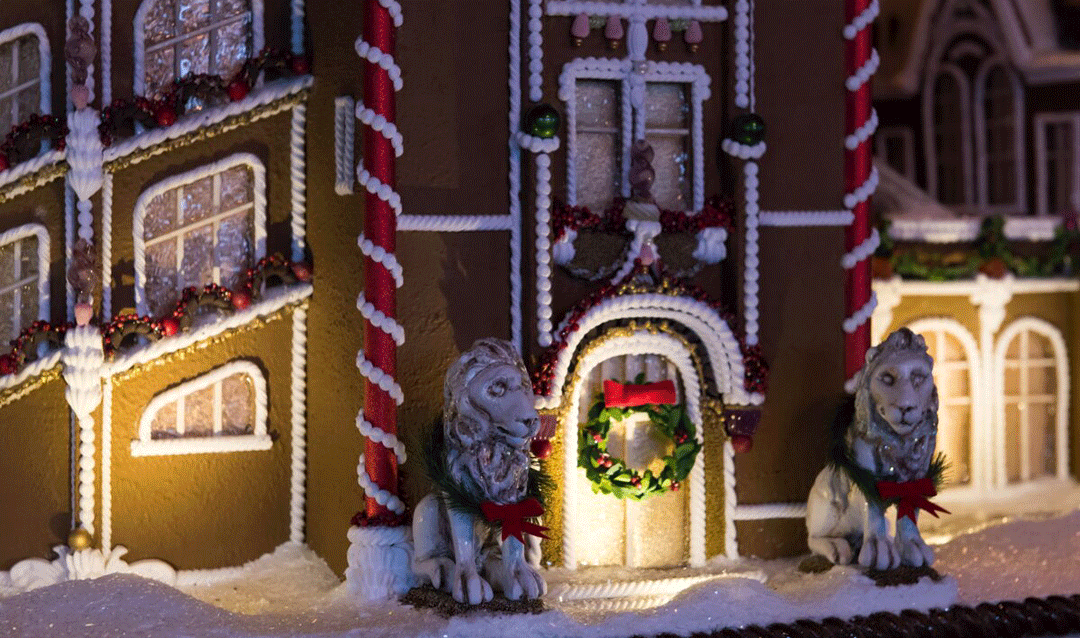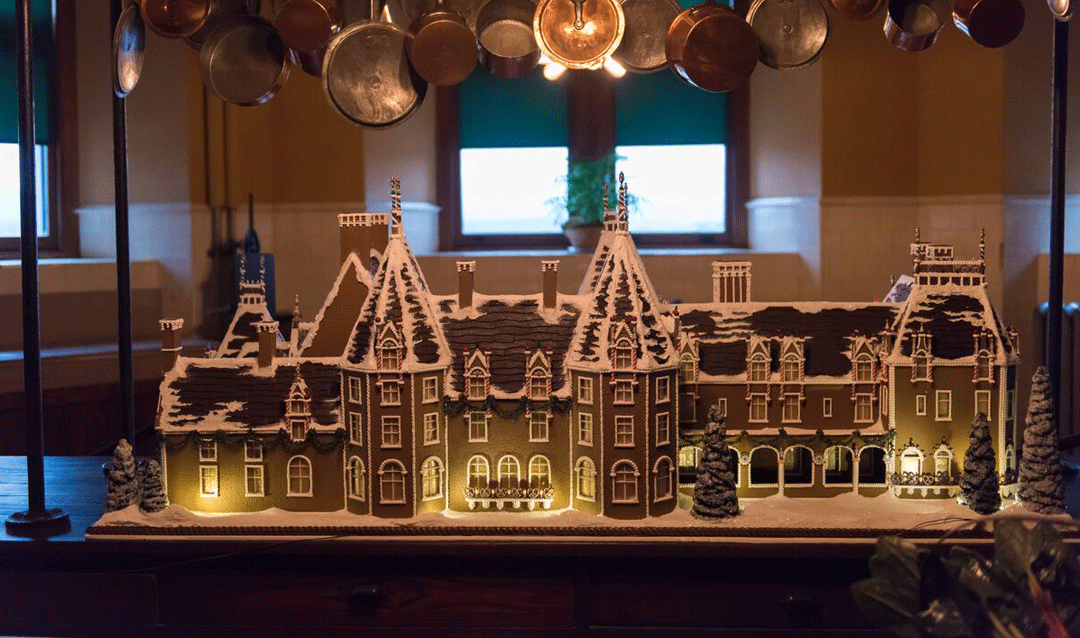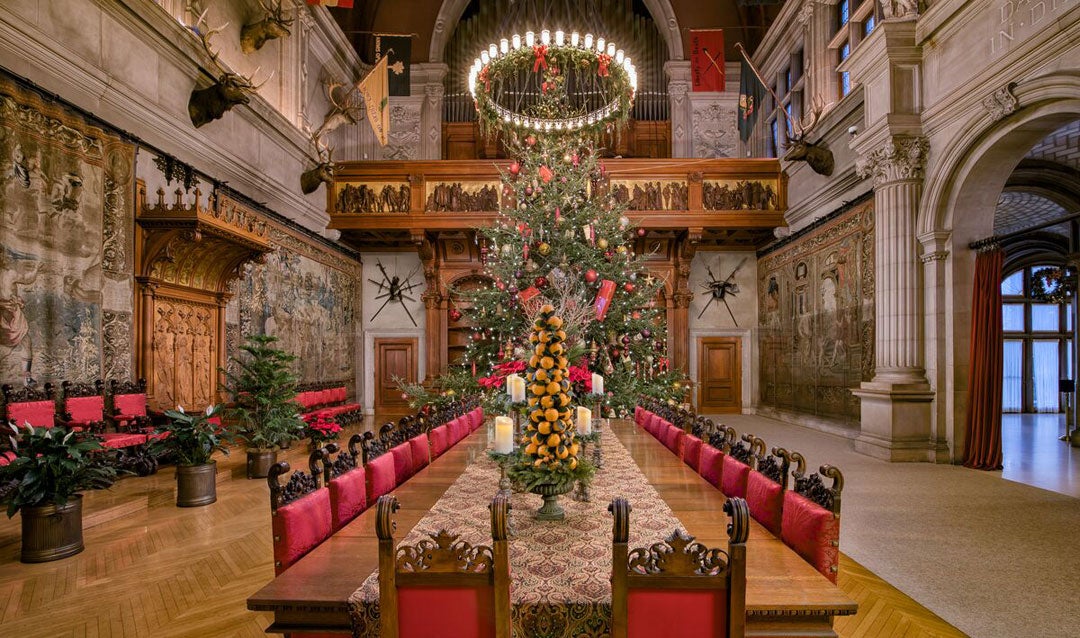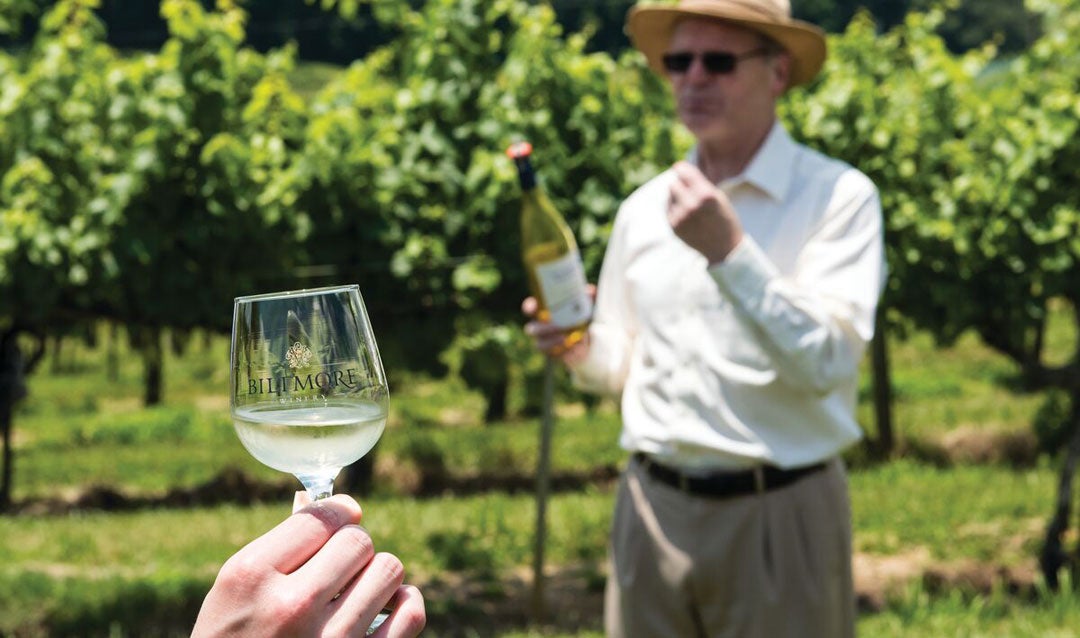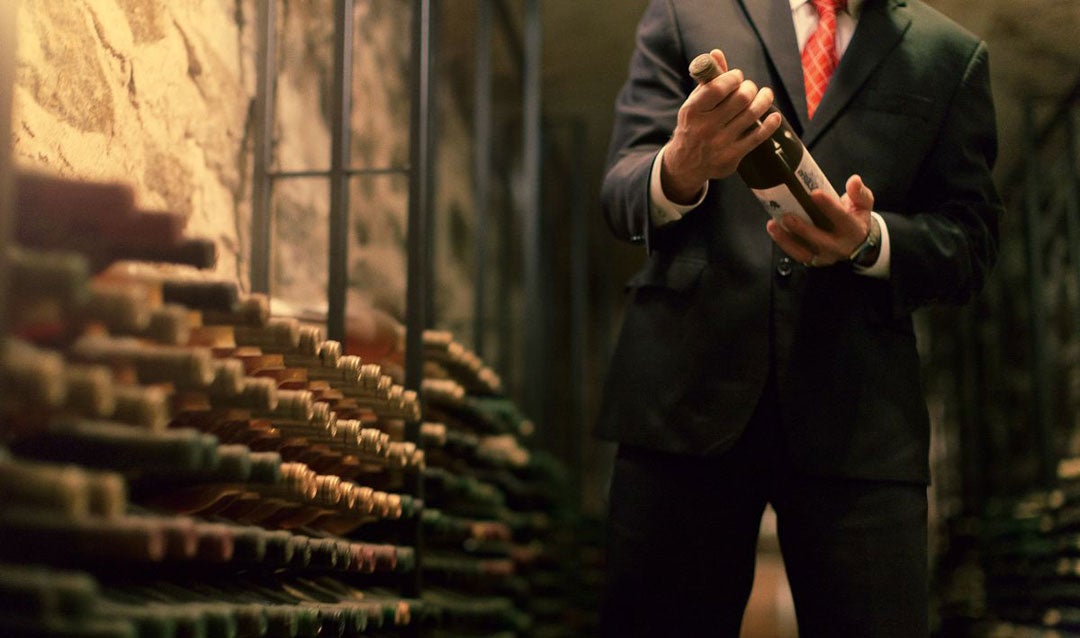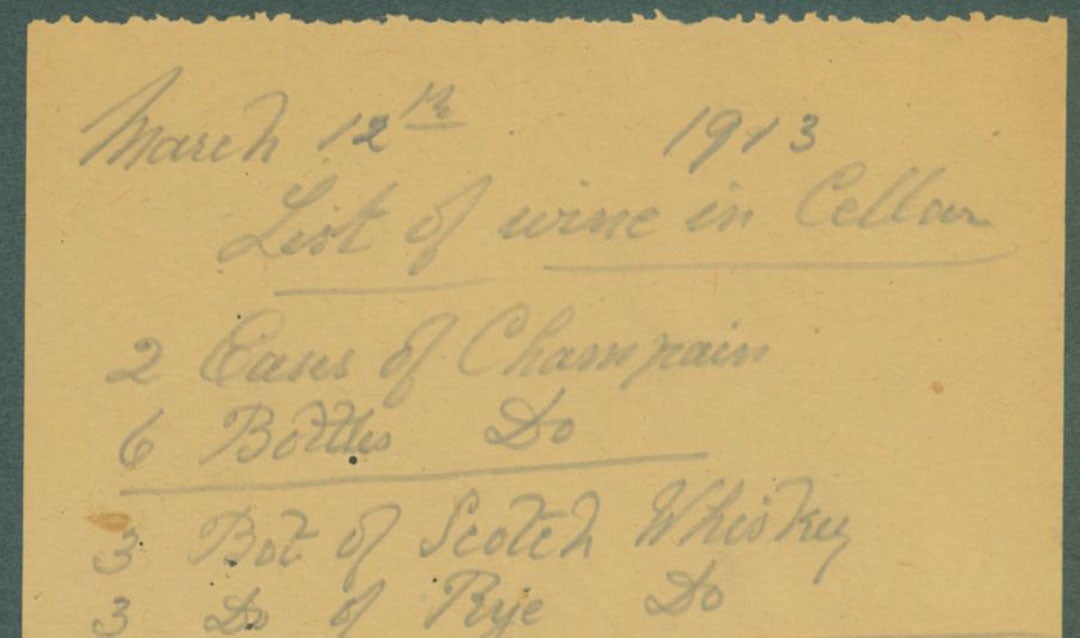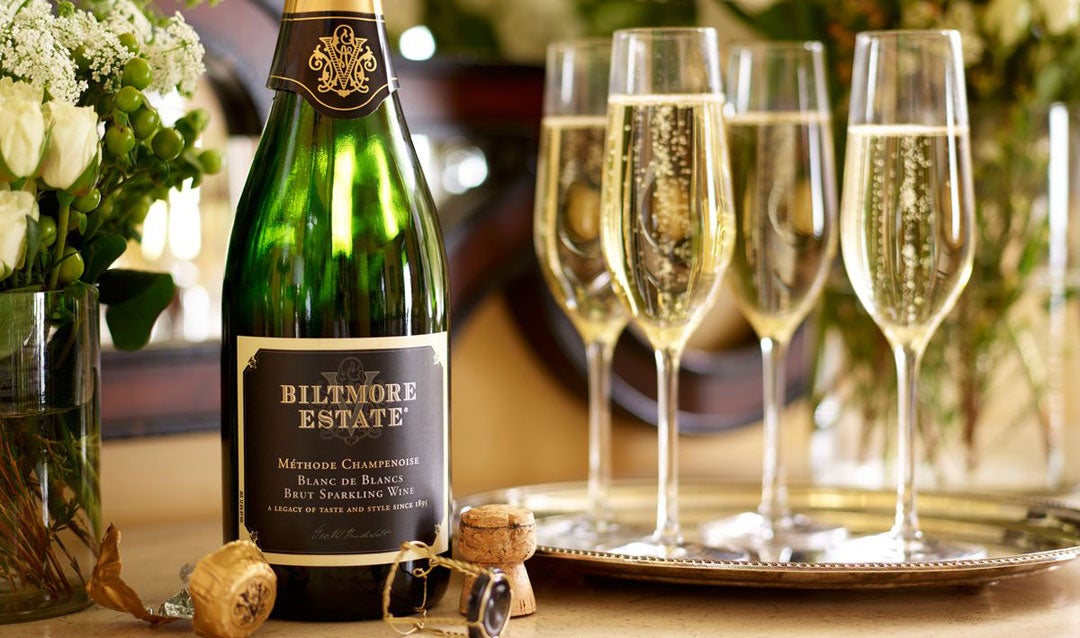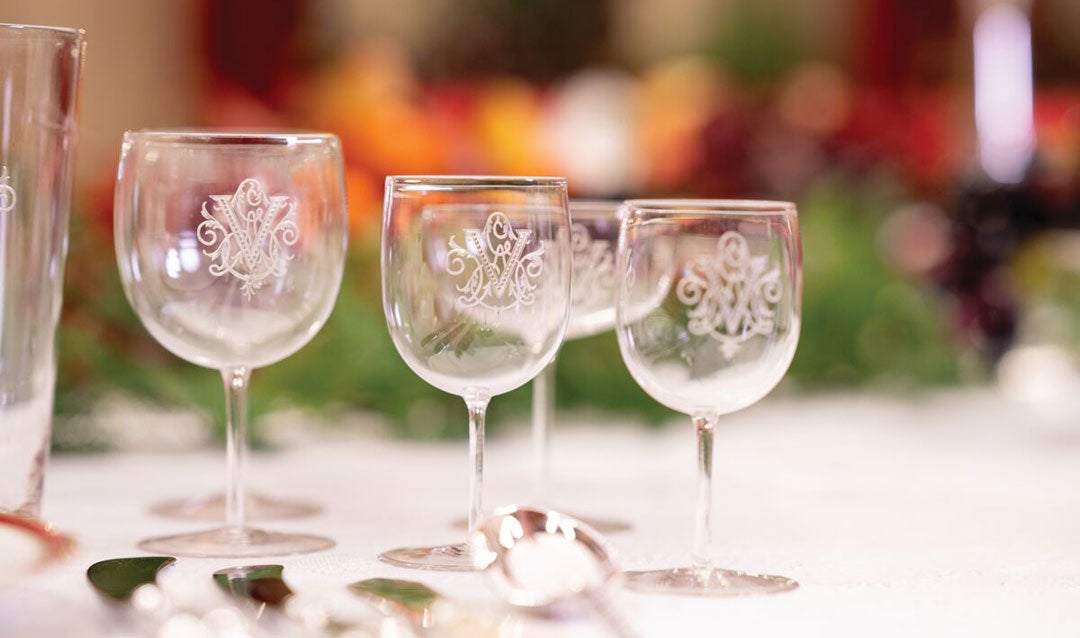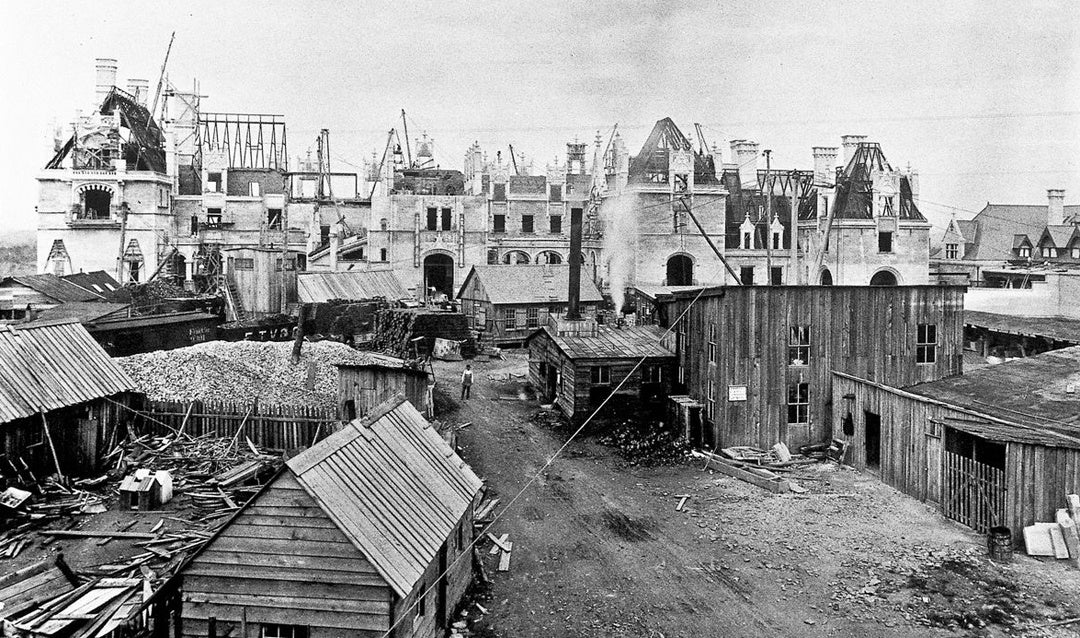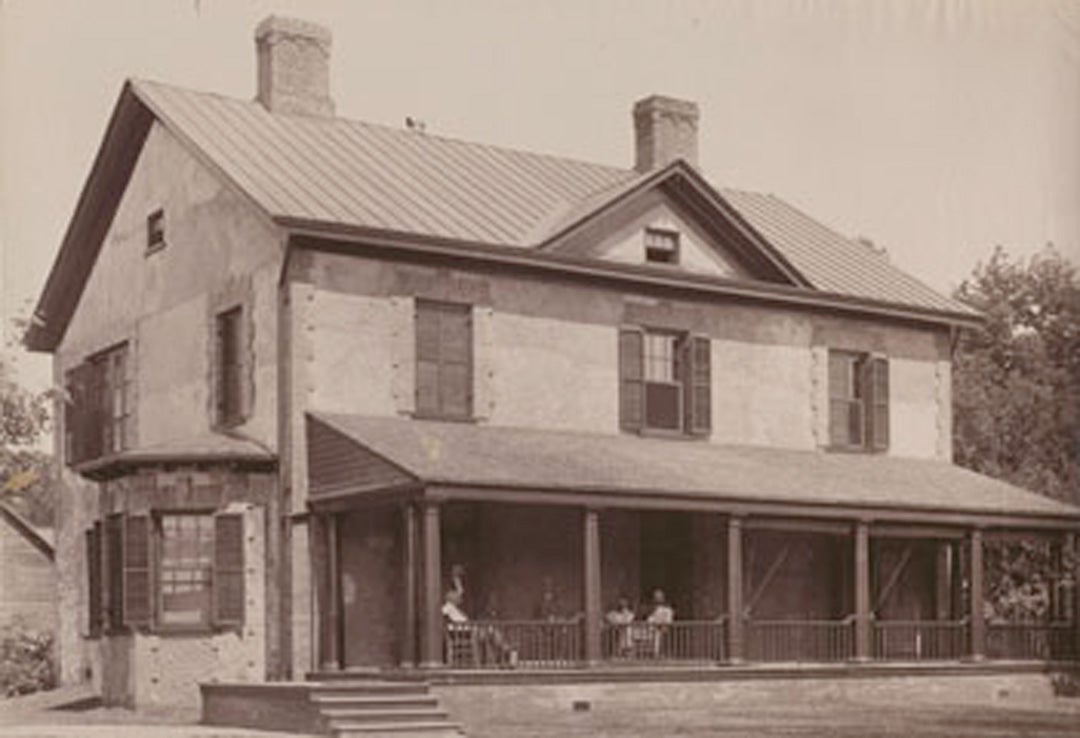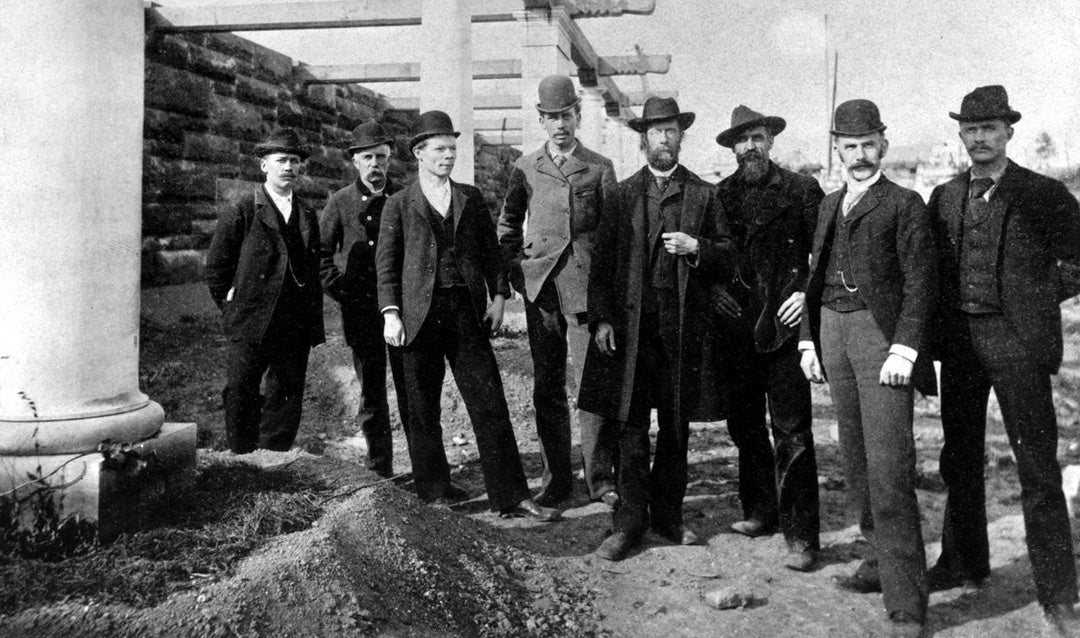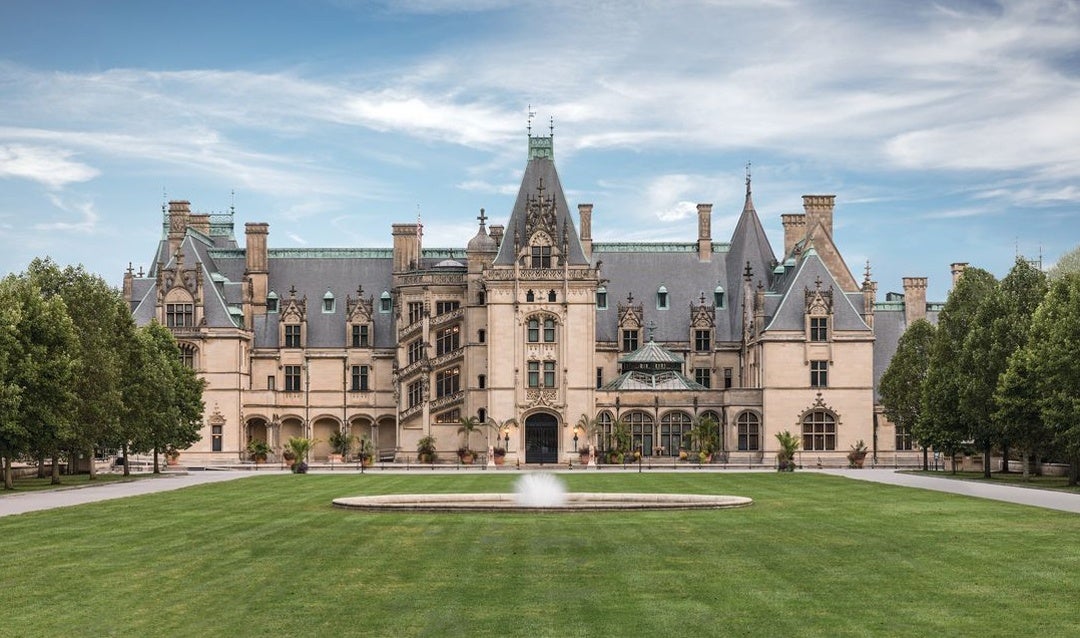Biltmore has witnessed countless celebrations over the last 129 years, but perhaps none so grand as the wedding of George and Edith Vanderbilt’s only child, Cornelia Stuyvesant Vanderbilt, to the Honorable John Francis Amherst Cecil.
April 29, 2024, marks the 100th anniversary of this monumental event. To celebrate, let’s take a look at John and Cornelia’s wedding by the numbers!
Wedding bells are ringing
Cornelia Vanderbilt had eight bridesmaids. Among them were her school friends from Miss Madeira’s, cousins, cousins-to-be, and her best friend, Rachel “Bunchy” Strong, as maid of honor.
John Cecil had a matching eight ushers, including Hugh Tennant, his best man and superior officer at the British Embassy in Washington, DC. Several of his groomsmen were men he lived with upon arriving in the United States in 1923, a group known as the “British Bachelors.” Others included his cousin Robert Cecil, childhood friend Benjamin Bernard, and Cornelia’s cousin John Nicholas Brown.
The wedding party also included two flower girls: Helen Raoul and Peggy Morgan, both daughters of family friends in Asheville.

Quantifying the guest list
The Cecil wedding was a high-profile event celebrating the union of not only two individuals, but two countries.
The guest list reflected the prominence of both the Vanderbilt and Cecil families. It included aristocracy, diplomats, politicians, and socialites of both the United States and United Kingdom—all mingling with the estate’s residents and employees, for whom a section of All Souls Church was reserved.
In total, 500 people were invited to the ceremony held at All Souls Church, while another 2,500 received a separate invitation to attend just the reception at Biltmore. While many invitations were respectfully declined, the Cecil’s welcomed more than 1,000 attendees!

Renovations for accommodations
Although many guests stayed at Grove Park Inn, Biltmore Country Club, and Kenilworth Inn, those closest to Cornelia were invited to stay in Biltmore House. A group of 43 family members and friends occupied the 35 bedrooms—including the Oak Sitting Room, where members of the bridal party stayed together.
Because the wedding marked the most guests ever accommodated in the house at one time, preparations began as early as March 15, 1924—before the Cecils formally announced their engagement. Some rooms were renovated, while others were extensively cleaned before being furnished. That the house was ready for a record number of guests in just six weeks is a testament to the skill of Biltmore’s domestic staff.

Cupid’s innocent greeting
Following the wedding ceremony, 44 children of Biltmore Estate employees lined up outside All Souls Church. The newlyweds recessed from the church down an aisle formed by the children, each of whom held spring blossoms that they crossed to form an arch. At the end of this receiving line, they were greeted by Pollyann Foster, one of the estate’s youngest residents, dressed as Cupid.

Two become one
As guests entered for the reception, they were greeted by two flags hanging in the Entrance Hall: an American Flag and a British Union Jack. During the wedding breakfast served at the reception, both God Save the King and The Star-Spangled Banner were played. The couple turned toward their respective flags as the national anthem of each country rang out, signifying the union of two countries through their marriage.
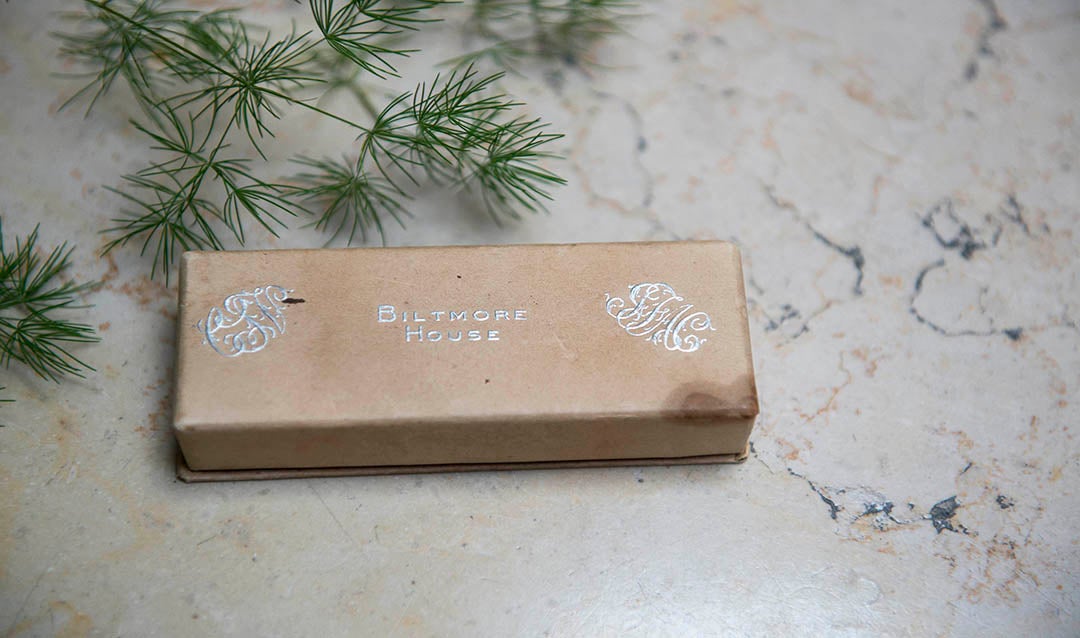
Gifts of generosity
Guests of John and Cornelia Cecil celebrated the couple in style, lavishing them with thoughtful gifts. Among the wedding gifts were 70 pieces of silver, 53 pieces of china, 25 pieces of jewelry, 20 books, and two pieces of Tiffany glass.
Several notable gifts include a Jade Vanity Case, Jade Hatpin, and Amethyst Pendant. Not all gifts were opulent; servants of Biltmore House gifted heartwarming, homemade gifts–and even a puppy!
In return, Cornelia and John gifted their guests a sweet treat from Maison Rauscher of Washington.
See a piece of history re-created!
In honor of the 100th anniversary, our Floral team re-created the massive floral wedding bell under which John and Cornelia Cecil stood in the Tapestry Gallery to receive their guests.
Covered in carnations and sweet peas, the decorative bell is on display from late April to May 23, 2024, as part of our Spring at Biltmore celebrations.
Featured image: John and Cornelia Cecil leave All Souls Church under an arch of floral branches carried by estate children.
